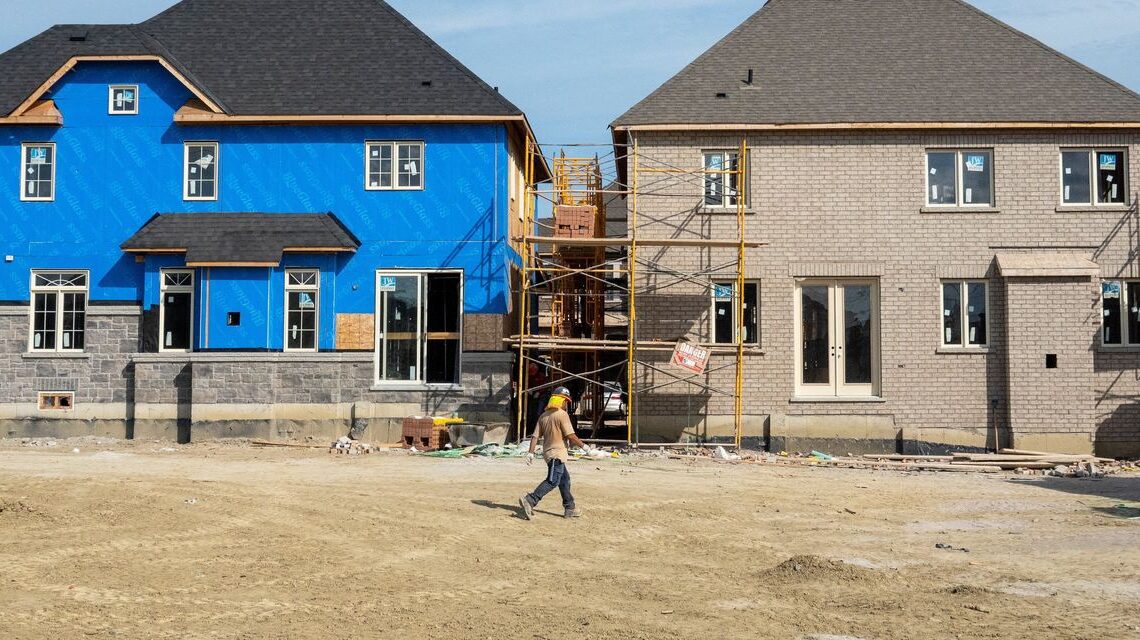Rising interest rates are slamming the brakes on a global housing boom that spread far beyond the U.S. during the pandemic, heaping extra pressure on central banks as they try to tame inflation without triggering deep downturns in their economies.
From Europe to Asia to Latin America, residential real-estate markets are coming off the boil, and in some cases seeing home values fall, as central banks jack up borrowing costs to bring consumer-price growth to heel.
The seasonally adjusted average home price in Canada was down nearly 8% in June from a peak earlier this year. In New Zealand, prices had slipped 8% in June from their peak in late 2021. Prices in Sweden in May fell 1.6% from the previous month, the biggest monthly decline since the pandemic began.
For the world’s central banks, skimming froth from bubbly housing markets is all part of the battle to bring inflation under control. Falling house prices usually result in weaker consumer spending as homeowners see wealth evaporate, easing upward pressure on inflation. Overall economic activity should slow as construction dwindles, banks issue fewer loans and real-estate agents make fewer sales.
“We are expecting to see some moderation in housing activity. And frankly, that would be healthy, because the economy is overheating,”
Tiff Macklem,
governor of the Bank of Canada, said last month.
The risk, economists say, is that central banks move too aggressively, causing a global housing-market slowdown that turns into a rout, with unpredictable effects.
Countries including Canada, New Zealand, Australia and Sweden look especially vulnerable, based on metrics such as real-estate’s share of their economies, the extent of their recent booms and homeowners’ sensitivity to rapid interest-rate increases, some economists say.
Analysts say the risk of a housing blowup of the scale of the 2008-09 financial crisis is remote. Banks and borrowers are mostly in far better financial shape now.
Still, a bigger-than-expected housing downturn could mean a deeper economic slowdown than central banks are aiming for to tame inflation.
A shrinking real-estate sector means laid-off construction workers and weaker demand for steel and other commodities. Falling home prices also hurt household and bank balance sheets, which tends to weigh on other parts of the…
Click Here to Read the Full Original Article at WSJ.com: World News…

